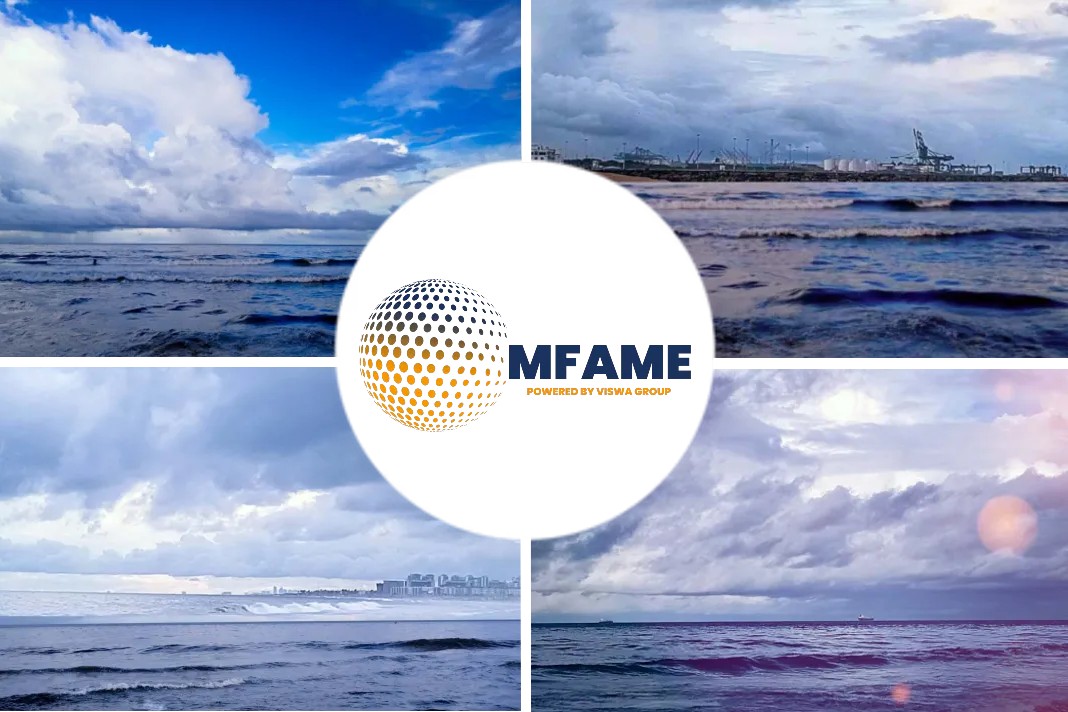- Cruise ships kill whales, leak gray water, and are largely exempt from US taxation
- When they violate the law, they pay the equivalent of a parking ticket
Cruises are horrible for the environment: Their heavy and growing use of fossil fuels means someone on a seven-day cruise produces the same amount of emissions as they would during 18 days on land. An article published in The Guardian mentions this issue.
Cruise ships are back
In July 2001, the carcass of a humpback whale known as “Snow” (due to the white markings on her fluke) was found floating in the bay. An investigation concluded she had died of massive trauma to her skull and cervical vertebrae, consistent with a vessel collision.
Princess Cruise Lines eventually pleaded guilty to failing to operate its vessel, the Dawn Princess, at a slow and safe speed while near humpback whales, violating both the Marine Mammal Protection Act and the Endangered Species Act. Passengers and crew had spotted humpbacks near the ship, but the ship didn’t change course or speed.
Before Covid-19, Dream Cruises announced it was building a ship that would carry nearly 10,000 passengers and have the first cruise ship theme park, with the longest roller coaster at sea. Many ships are already three times the volume they were back in my ranger days – so large they’re cities at sea, floating condominiums with hospitality staff always eager to sell you a shore excursion at the next port-of-call.
For several years, Alaska’s bejeweled Inside Passage, crowned by Glacier Bay, has been ranked one of the most popular cruising destinations in the world. After a 21-month absence (including the quiet pandemic summer of 2020, when the bay’s whales appeared to prosper), a few big ships are now headed back north. By next year, things could be booming again, with thousands of passengers flooding the streets of Ketchikan, Juneau, and Skagway every summer day, pouring in and out of gift shops and jewelry stores.
Some locals will welcome the revenue while others will bemoan the crowds and noise, and ask: Is this how it’s going to be? Business as usual? Growth forever? Alaska-based pilots who board these enormous ships express concern that strong on-beam winds could make them unsafe in tight navigational areas.
If anything should change after Covid-19 and not go back to normal, it’s cruise ships and the voracious industry that operates them. It’s an industry that co-opts communities, buys up entire waterfronts if not private islands (in the Bahamas and Caribbean), and takes a hefty percentage of every shore excursion it sells.
NPS system
In Glacier Bay, the US National Park Service (NPS) requires that ships suspend all competing activities (casinos, etc) so passengers can partake of ranger-led activities that focus on education and inspiration. The NPS also charges a per passenger fee, which makes the park one of the most solvents – and potentially compromised – in the NPS system.
The park’s budget now depends heavily on cruise ship money that funds research, salaries, and in-park development. While only two ships are allowed in the park each day, there’s no limit on their size. Some would call this “industry capture”, wherein a regulatory authority becomes beholden to an industry it’s supposed to regulate.
After the Holland America ship, Westerdam accidentally discharged 22,500 gallons of gray water into Glacier Bay in 2018, the state of Alaska fined the company $17,000. The NPS fined it $250.
According to the Ocean Conservancy, gray water discharges “can lead to oxygen depletion, spread pathogenic bacteria and viruses, and increase nutrient levels in the surrounding ecosystem. Higher nutrient levels can lead to toxic blooms and dead zones that can cause harmful disturbances throughout food chains.”
Holland America, like Princess, is a subsidiary of Carnival. Glacier Bay, on the other hand, is not only a national park and preserve but also a United Nations biosphere reserve and world heritage site. Very few places can boast such international recognition. Those that do deserve stringent protection and the utmost respect.
Few of today’s big ships are registered in the US, which largely exempts them from federal taxes. If they are going to operate here, take up pier space, burn vast amounts of fossil fuel and dump their waste in sanctified areas and other near-shore waters, they should be required to register in the US, buy carbon offsets, go as green as possible, pay federal taxes, obey the laws and high safety standards and, when in violation, pay steep fines if not forfeit their right to sail into places like Glacier Bay. Forever.
To limit the size of ships allowed
It’s time for the federal government to limit the size of ships allowed in US waters. Make them carry more responsibility, not more passengers. For those already too big, buy them and convert them into dockside homeless shelters, veterans’ care facilities, and marine research laboratories. Those still in service should be incentivized to focus more on education, less on entertainment. They should employ historians, scientists, naturalists, and indigenous peoples whose ancient homelands the ships sail through.
This summer, independent travelers are flooding into Alaska before the big ships return, some to Glacier Bay. There, in Bartlett Cove, near park headquarters, they discover the full skeleton of a humpback whale, the one is known as Snow, 45ft long, mounted off the ground in a graceful arc, as if flying.
After much of her body had decomposed onshore, park staff and volunteers, including schoolchildren, donated more than 1,000 hours to clean her 161 bones. The money Princess paid in restitution was then used to build an open-sided outdoor pavilion and to re-articulate Snow into a work of art.
Did you subscribe to our daily newsletter?
It’s Free! Click here to Subscribe!
Source: The Guardian
















